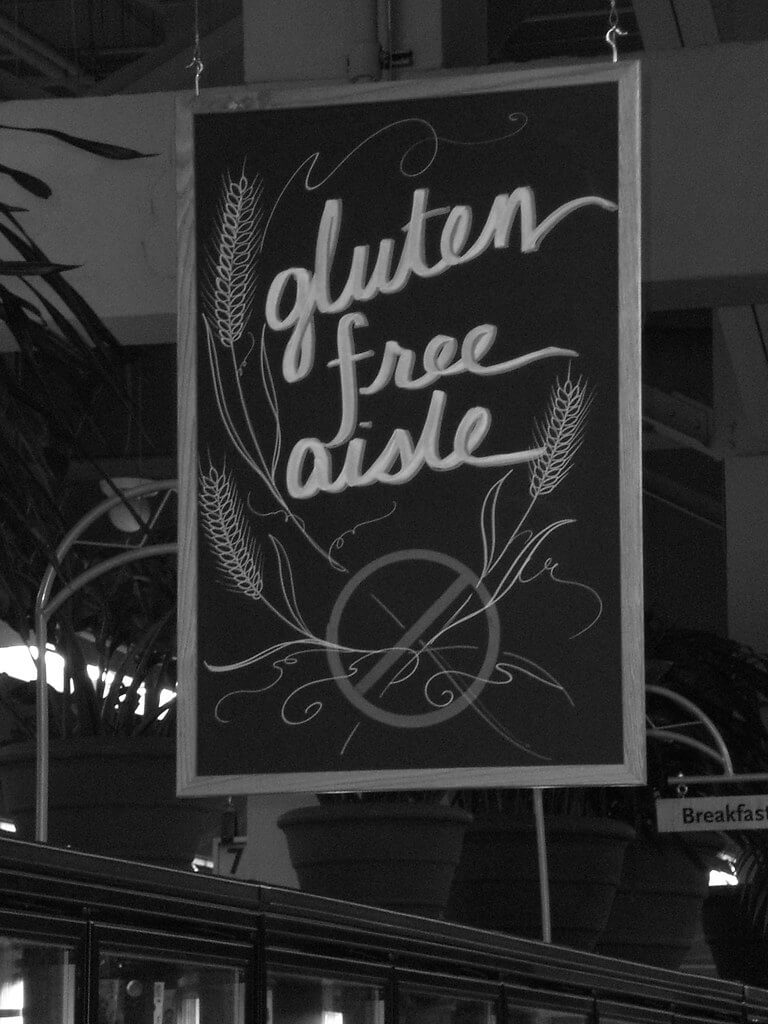“I ate all the pasta I wanted to in Italy, but I get way too bloated in the United States.” Sound familiar? It’s very common for people who usually try to avoid gluten in the U.S. because of stomach pains to end up carb-loading when they go to Europe because they don’t feel all the discomfort. So, is the bread actually different, or is it a placebo effect?
In the United States, estimates show that close to six percent of the U.S. population struggles with non-celiac gluten sensitivity (NCGS). NCGS is a digestive problem characterized by experiencing undesirable symptoms after eating gluten. People with this condition do not have celiac disease or a wheat allergy, but they still often find relief when they avoid eating gluten.
Celiac disease is when the body’s immune system responds to gluten and, over time, this leads to damage in the small intestine. A wheat allergy is when the body responds defensively to gluten, leading to adverse reactions like hives. The reaction to gluten is far less severe in people with NCGS, but it can still generate a smaller immune response. In order to diagnose NCGS, celiac disease and wheat allergy need to be ruled out with certain medical tests to help tell the difference. Some of the most common symptoms include bloating, abdominal pain, diarrhea, nausea, and even fatigue.

Do Americans have more gluten issues than Europeans?
Not really, based on what is known. Year after year, trends have consistently shown that both Europe and North America have the same prevalence of celiac disease. In fact, sometimes Europe has even higher rates. As far as NCGS, studies are being conducted rapidly and often because it’s a relatively new concept compared to celiac disease. The pathophysiology is not entirely clear, and more reliable ways of testing are necessary. Therefore, it remains unclear how prevalence in the United States matches up with other nations.
Why do some feel better eating gluten in Europe?
In Europe, you’re likely to be exposed to a wider variety of wheat. Some may contain less gluten, which would mean you could possibly react better. Most wheat used in the United States is called hard wheat, which typically has a higher gluten content.
In Europe, a lot of the wheat used is called soft wheat, which has less gluten. People with NCGS may find that they tolerate soft wheat and other strains better. However, it’s important to mention that Europe imports close to one million tons of wheat from the United States every year. Therefore, there might be some placebo effect mixed into this. Also, if you have celiac disease or a wheat allergy, you still cannot eat wheat in Europe because gluten is gluten, regardless of the amount or variations.

Bottom Line
Gluten in Europe is not that different. Some of the main types used just tend to contain less gluten. People with gluten sensitivities may therefore tolerate it better. A lot of wheat used in Europe still comes from the United States, so part of it may just be the glamorization of European food. People with a wheat allergy or celiac disease are still not cleared to eat gluten, regardless of where in the world it comes from.
You might also be interested in:
- Best Gluten-Free Fast Food Options: Top 5 Alternatives Most Recommended By Experts
- Best Gluten-Free Pasta: Top 5 Noodles Most Recommended By Experts
- Common weed with gluten-like proteins may be mixing in with gluten-free foods
- There is no such thing as good and bad foods, a dietitian explains

